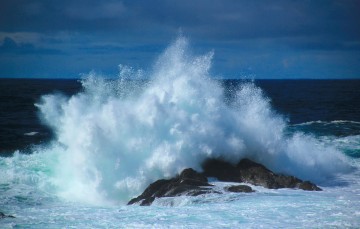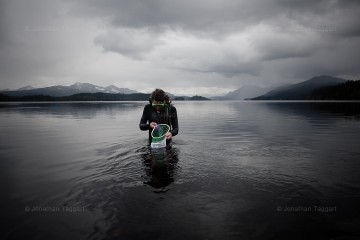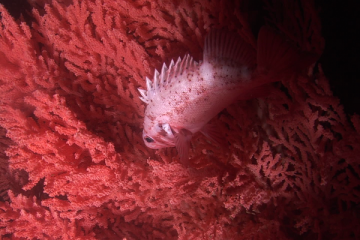IRES Seminar Series
Time: 12:30-1:30 pm
Location: AERL Theatre (room 120), 2202 Main Mall
Between metaphor and practice: environmental governance and the decolonial option in the Peruvian Andes

Julian Yates
Abstract:
In this presentation I engage with debates on decolonizing structures of education and environmental governance. In the Peruvian Andes, government and non-government ‘technical extension’ programmes are designed to improve environmental management practices and enhance production techniques in rural communities. Increasingly at the centre of these programmes is a network of kamayoq: Indigenous, peer-to-peer practical educators engaged in projects of farmer-to-farmer knowledge extension on issues such as irrigation, animal husbandry, crop cultivation, etc. With kamayoq practices originating in pre-Hispanic Andean societies, the kamayoq farmer-to-farmer model has been cast as a “culturally appropriate” means to overcoming top-down and Western forms of technical training. However, kamayoq are increasingly being incorporated within the national development programmes of the Peruvian state, which assess kamayoq knowledge according to fixed indicators in order to incorporate this knowledge within a broader environmental governance framework focussed on enhancing rural productivity. I explore this state programme of certification, positioning the kamayoq in between two arguments. The first argument stresses that decolonial discourse cannot simply be grafted onto existing discourses and institutional structures, such as technical extension programmes. The second argument – voiced by Indigenous activists in the Andes – revolves around the Andean notion that (decolonizing) knowledge is practice. In this sense, reorganizing adult environmental education and training around the forms of learning-by-doing that kamayoq embody is decolonizing environmental governance frameworks.
Bio:
Julian is a Post-Doctoral Fellow in the Institute for Resources, Environment, and Sustainability and a member of both the Environment, Development, Gender, Equity, and Sustainability (EDGES) research collective and the Program on Water Governance team. Julian’s work focuses on the intersection between the politics of knowledge, environmental justice, and social mobilisation for overcoming poverty and inequality. His current work explores the rollout of small-scale water filtration facilities among BC’s First Nations communities – an approach that gained political expediency due to the recently introduced Water Sustainability Act. This work will focus on the intersections between indigenous conceptions of water in nature, and techno-scientific approaches to delivering ‘clean water’ to First Nations communities. These intersections will be located within political-ecological debates and current contexts of pursuing autonomy and self-governance.
Julian’s doctoral (UBC, geography) research explored the revival and re-institutionalisation of indigenous social practices for adult peer-to-peer knowledge sharing and enhanced rural productivity in the Peruvian Southern Andes. Julian has published a historical account of these adult educators – known as kamayoq – in the Journal of Historical Geography, and he is currently working on a book manuscript based on his doctoral dissertation ( “Re-animating Andean worlds: kamayoq, the politics of ‘culturally appropriate’ knowledge extension, and ethnodevelopment in the Peruvian Andes”). Previous projects include research as an NGO consultant into adaptation to climate change in rural Nepal, and graduate (MA, University of Victoria, geography) research into inclusive waste management through recyclers’ cooperatives in São Paulo, Brazil. Julian has published the results of his work in journals such as Progress in Human Geography (debating post-neoliberalism in Latin America), Global Environmental Change (the scalar politics of adaptation), the Journal of Historical geography (historicizing ethnodevelopment), Environment and Planning A (an urban political ecology of food waste in São Paulo), and the Journal of Development Studies (public policy for inclusive waste management). He has also published a chapter in a book on community-based adaptation and is co-editor of a forthcoming special issue in Geoforum, titled ‘Rendering land investible’. These publications are included in his profile on Academia.edu and Research Gate.





